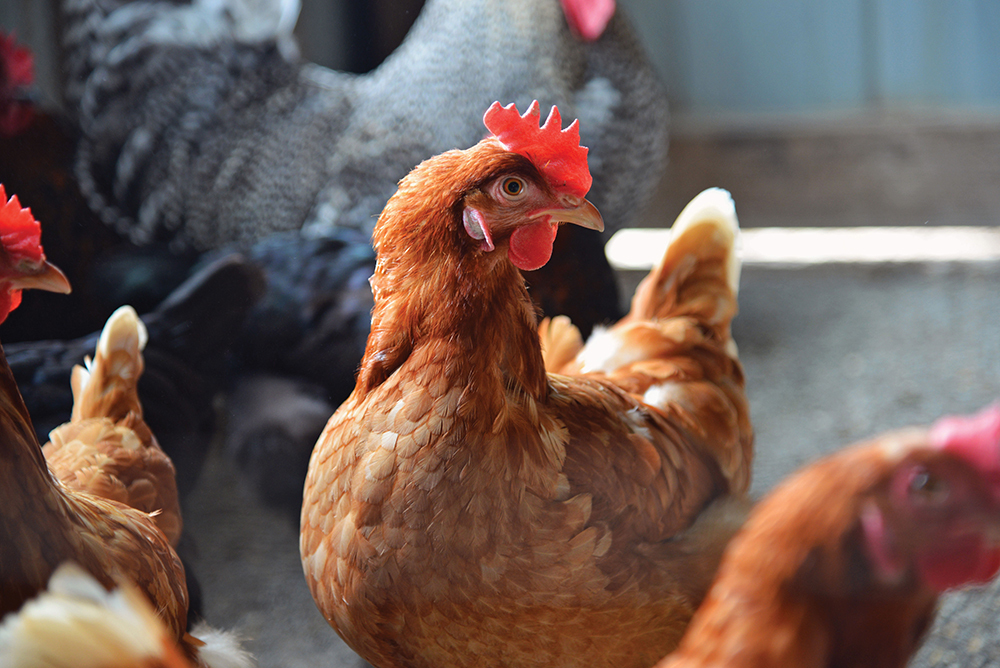NBB partnerships strong on World Food Day

November 17, 2014
BY The National Biodiesel Board
During World Food Day, the National Biodiesel Board joined soybean stakeholders in sharing the message of soy’s role in feeding a growing population.
“The world has a protein gap that needs to be filled,” said American Soybean Association World Initiative for Soy in Human Health Chairman Andy Welden. “Our crop offers soybean meal for livestock feed and human food, which, at the same time, creates an abundant supply of soybean oil for biodiesel.”
While biodiesel’s positive impact on the food supply is further down the list of benefits most people name for America’s advanced biofuel, behind things like energy security and environmental benefits, the impact certainly isn’t insignificant. Increased biodiesel production benefits poultry and livestock farmers as more soy oil is processed for biodiesel production, more meal is available for livestock feed. Recent analysis estimated livestock producers paid $25 per ton less for soybean meal due to the biodiesel industry’s demand for soybean oil.
Advertisement
Advertisement
Along with reducing the cost of livestock feed, biodiesel also adds value to animal fats, which have been a consistent biodiesel feedstock source. More than 1.1 billion pounds of animal fats were utilized in biodiesel production in 2013 by U.S. companies, representing 25 percent of total animal fats produced. Over the past five years as U.S. exports of animal fats have significantly declined, the demand for fats and oils for biodiesel production increased the value of beef tallow an average of $567 million a year, pork fat an estimated $165 million, and poultry fat by more than $51 million, making the production of animal protein more economical.
NBB partnered with the American Soybean Association’s World Initiative for Soy in Human Health, and state soybean checkoff boards from eight states to develop and distribute educational resources. World Food Day was established by the Food and Agriculture Organization of the United Nations and is observed Oct. 16.
Advertisement
Advertisement
Related Stories
The USDA significantly increased its estimate for 2025-’26 soybean oil use in biofuel production in its latest World Agricultural Supply and Demand Estimates report, released July 11. The outlook for soybean production was revised down.
U.S. fuel ethanol capacity fell slightly in April, while biodiesel and renewable diesel capacity held steady, according to data released by the U.S. EIA on June 30. Feedstock consumption was down when compared to the previous month.
The U.S. EPA on July 8 hosted virtual public hearing to gather input on the agency’s recently released proposed rule to set 2026 and 2027 RFS RVOs. Members of the biofuel industry were among those to offer testimony during the event.
The USDA’s Risk Management Agency is implementing multiple changes to the Camelina pilot insurance program for the 2026 and succeeding crop years. The changes will expand coverage options and provide greater flexibility for producers.
The USDA’s National Agricultural Statistics Service on June 30 released its annual Acreage report, estimating that 83.4 million acres of soybeans have been planted in the U.S. this year, down 4% when compared to 2024.
Upcoming Events










